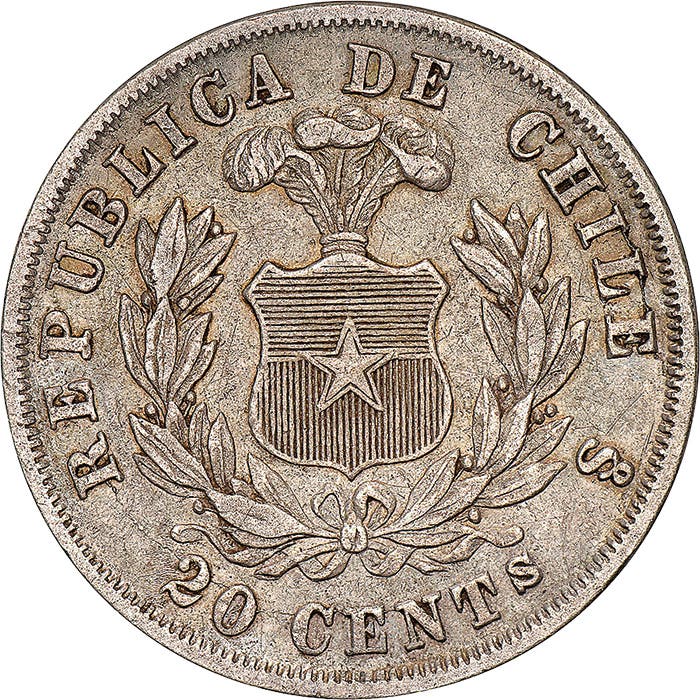Can You Find ‘Secret’ Dime Marker?
By F. Michael Fazzari There are no secrets to coin authentication. All it takes is a stereo microscope and either the diagnostics of a genuine specimen or access to known…
By F. Michael Fazzari
There are no secrets to coin authentication. All it takes is a stereo microscope and either the diagnostics of a genuine specimen or access to known genuine coins for a back-and-forth comparison. Oh, and I’ll add the dedication that comes with hundreds of hours of studying the surfaces of genuine coins with both eyes at the same time using the stereomicroscope at perhaps 7X to 20X. All the methods of examination you should use with a hand lens apply to the scope. The coin must be tipped and rotated in the light while it is being examined so as not to miss anything. Fluorescent light is the ONLY light suitable for coin authentication.
With key coins like 1937-D three-leg nickels, 1893-S dollars, and 1942/1 dimes, authentication is less complicated because they all have at least one side struck with a single die. A few years ago, I wrote about the time we received a half roll of pristine BU 1942/1 dimes at the Certification Service in what remained of a dark blue bank wrapper. I remember the paper color, but I wish I had recorded the name and location of the bank to include in our country’s numismatic lore. After I placed the coins on a black velvet pad, my initial reaction was that they must be never-before-seen, state-of-the-art counterfeits! All those brilliant gems in one spot were obviously “too good to be true!” I confess that in my experience up until then, I had never imagined that even one of these varieties could exist in gem uncirculated condition.
Over the next half hour, I examined each coin under the microscope, looking for matching defects. This was a major way of detecting counterfeits made by a transfer process back then and is still very helpful today. Most professional authenticators rarely have the luxury of being able to devote that much time researching a very small number of coins due to their workload, but I’ve been very lucky in that regard and rarely ever have felt any sort of pressure doing my job.
This type of examination is basic for authentication. Placing the flips and holding a coin in one hand at the left of the microscope’s stage and another in the left hand, as long as you don’t set the coins down or cross your arms, it is impossible to get them switched. You start out by looking at a particular part of one coin and then checking the other coin for similar marks. This method works to check for matching defects on a fake or for locating identical die polish to use later to identify other genuine coins. With both hands-free and two eyes allowing for good depth perception, you’ll have an easier time of it than looking at a single coin using a hand lens and one eye.
Long story short, the more I looked while trying to prove they were fake –finding nothing except mint quality characteristics such as flowlines, original mint luster and the style of die polish found on dimes from the 1940s (this can be a subject for a future column) – the more I became convinced that the coins were genuine and of exceptional quality. Everything I measured was in tolerance.
Now, it was time to photograph and record the diagnostics of these coins for our records of genuine dies. A reliable diagnostic “marker” is something that should appear on a coin that is found on every die state from the first coin struck to the last. If only one set of dies is used, the task is much easier.
The first “marker” I noticed on these dimes was a large die polishing line on the reverse (Figure 1). After first checking the date, this characteristic turned out to be a major way to confirm the authenticity of these coins, even in worn condition. That’s because the “marker” is in a trough formed by two design elements, the faces and a branch at the bottom of the reverse. Because of this, it is protected from the ravages of circulation and damage.
When I first published this diagnostic several years ago in these Numismatic News columns, I challenged readers to find another universal diagnostic on these coins that were even tinier. It is on the coin’s obverse but not associated with the numerals of the overdate itself. Since then, I have not had any responses. I discovered this particular “marker” when I originally studied those BU coins decades ago. Selfishly, I never told a soul because, by that time, I knew that the counterfeiters were able to make dies that would “pick up” and transfer any major die polish found on genuine specimens. At least that was true of the high relief dies made by Mr. “Omega.”
So this month, I’m challenging readers again to search for my “secret” marker on 1942/1 dimes, and I‘ll publish a micrograph of it in a future column. Remember, there are no “secrets” involved in coin authentication, as all it takes is looking at genuine coins.
Hint: The tiny die polish is in a protected area of the obverse. Give it a try.
This story was originally printed in Numismatic News. Click here to subscribe.
As an Amazon Associate, Numismaticnews.net earns from qualifying purchases made through affiliate links.









